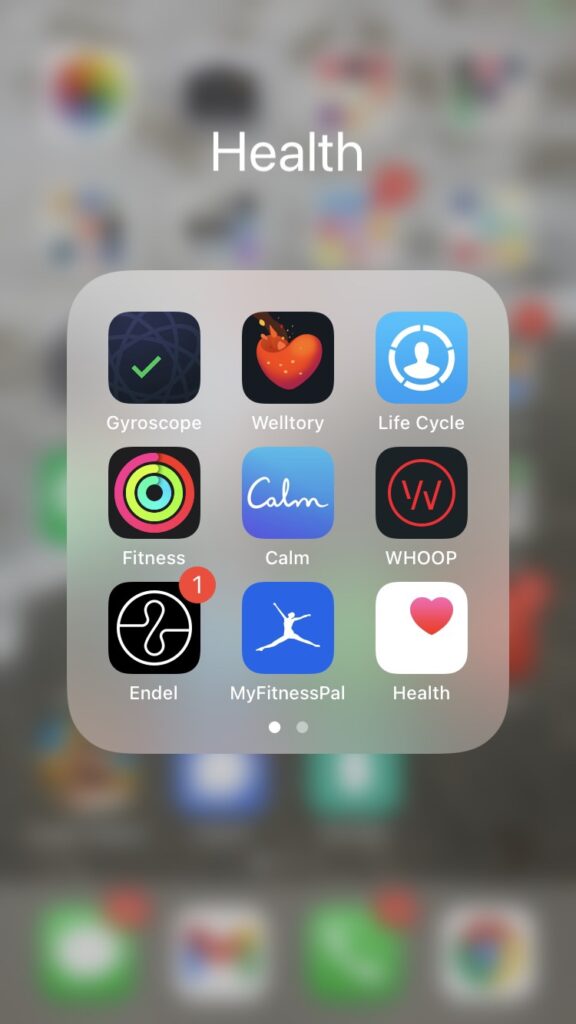I’m getting the sense that a lot more people suffer from general poor health than we let on. When I discuss my own struggles my inbox blows up with fellow suffers of autoimmune conditions. People are fatigued, in pain, mentally sluggish and often struggle with adjacent symptoms like chronic inflammation or gastrointestinal ailments.
Please know you are not alone. As it’s rarely considered socially acceptable to be sick (it’s own issue) I’m going to use my position of privilege to discuss how I’ve hacked my way from completely disabled to about 90% healthy. I’m here to share what luck, power, and wealth have given to me so others with less may succeed like I have.
Step 1: Diagnostic Baseline
It’s really hard to do anything when you are sick and trust me I hate being told well nothing is wrong so maybe just lose weight, exercise and eat healthy. Like sure you fuckers I haven’t considered yoga. Fuck all the way off. But alas it’s true that in order to navigate modern medicine you need a baseline. Go to a GP and ask for a full blood work up. A blood test is typically composed of three main tests: a complete blood count, a metabolic panel and a lipid panel. Read up on what you might see on a typical blood panel. This article is a good place to start (I am not a patient of theirs and do not endorse them for care it’s just a reference).
Step 2: Pick Your Tools and Measurements
If it is possible (lots of folks suffering from chronic fatigue can’t) start on the basics. Order a tracker like a Fitbit, Oura Ring, Apple Watch or Whoop. Then pick an app that can help organize your data. I personally use Gyroscope. My tracking stack is a Whoop for strain & recovery and an Apple Watch for more generalized tracking like sleep, sleep and heart rate monitor. I use MyFitnessPal for food tracking. Strong for workout tracking. Calm for mindfulness, and Gyroscope syncs it for one dashboard. I also use an app called Welltory which uses HRV & blood pressure from monitoring it does in application as well as through syncing with Apple Watch.

I also track my symptoms in a journal app called Day One as it’s the lowest friction place I can do simple logging of metrics like pain, mood and energy levels. I also use Google Sheets to keep track of my medications and supplements as I take upwards of 25 different pills and remedies a day (trust me I wish it didn’t work). While there is a lot of variance on workouts I always get hour of low impact walking (3 miles a day), ten minutes of mindfulness, and all my supplements. Like I never miss a pill. I’m happy to discuss my supplement stack with folks but here is a basic guideline of what I take that is provably good.
Step 3: Steadily Improve
Most people overdo it. You try to change a bunch of stuff all at once. Or you dive right into a big change. This is too overwhelming. And it can make you feel sicker (some folks call it a healing crisis). Just pick one metric and improve it by 10% over a week. Pick one activity you will do for 30 straight days. I said I’d write every day and here it is day 91. (Edit, I updated my stack on this post to reflect current use on day 355). The point is you can’t improve everything all at once.
Part of my success is simply telling myself I was going to run the experiment even if it was a failure. Biohacking requires that you don’t change up your variables too often or too quickly. You need to establish trend lines. The biggest mistake you can make is being “noisy” as you will never isolate the meaningful variables. And you won’t stick to it. So it’s a double fuck up. Clean reliable data matters. Don’t change too much too fast.
Step 4: Try Common Experiments
You don’t need to reinvent the wheel. Coming up with unique experiments probably won’t be necessary till you are well along your biohacking journey. My elaborate tests didn’t really start till this year after two full years of tracking. Start with common experiments others have shown to work. Fasting is a great place to start for metabolic health and fat loss. Walking makes a big difference in your resting heart rate. Being active once an hour has proven metabolic benefits. Try intermittent fasts and then if you see a benefit you can progress to 72 hour water fasts. Adding more protein to your diet is popular for a reason. Start with 20 grams at a meal and work up to a gram per ounce of your goal body weight. Eating more protein tends to shift your diet away from lower quality calories as it’s hard to eat a whole chicken breast and then eat a bunch of fried potatoes. Though I have tried. Work in supplements for whatever your bloods showed you to be borderline on. Vitamin D deficiency is common. If want to sleep deeper try magnesium at night. If you are tired B vitamins are proven. If mental acuity is your goal CoQ10, green tea and ginseng work for many people. Metformin is the top metabolic drug for a reason. If your lipid panel said you needed to lose weight or you have metabolic syndrome Metformin is your first stop. Like I said, there are a lot of proven hacks you can test out and incorporate into your life right now. Don’t be intimidated just work an experiment that has a high probability of success.
Anyone can begin biohacking with a goal, basic tools, and some patience. I’ve taken myself pretty far in the past three years. I’ve had great doctors but some of my success comes down to being willing to experiment with my body.